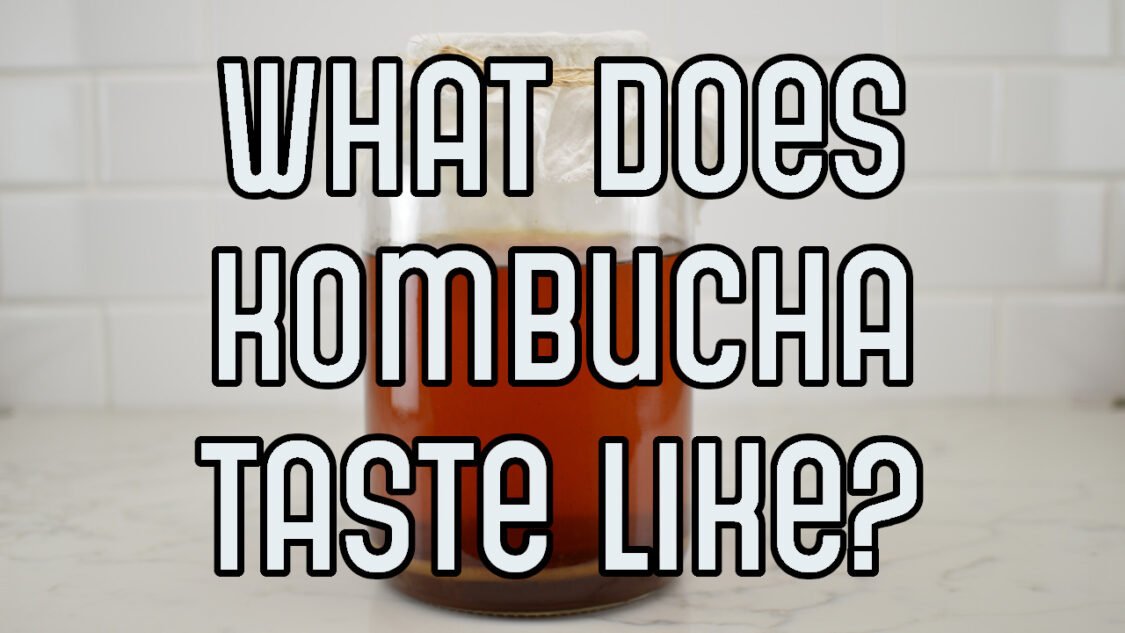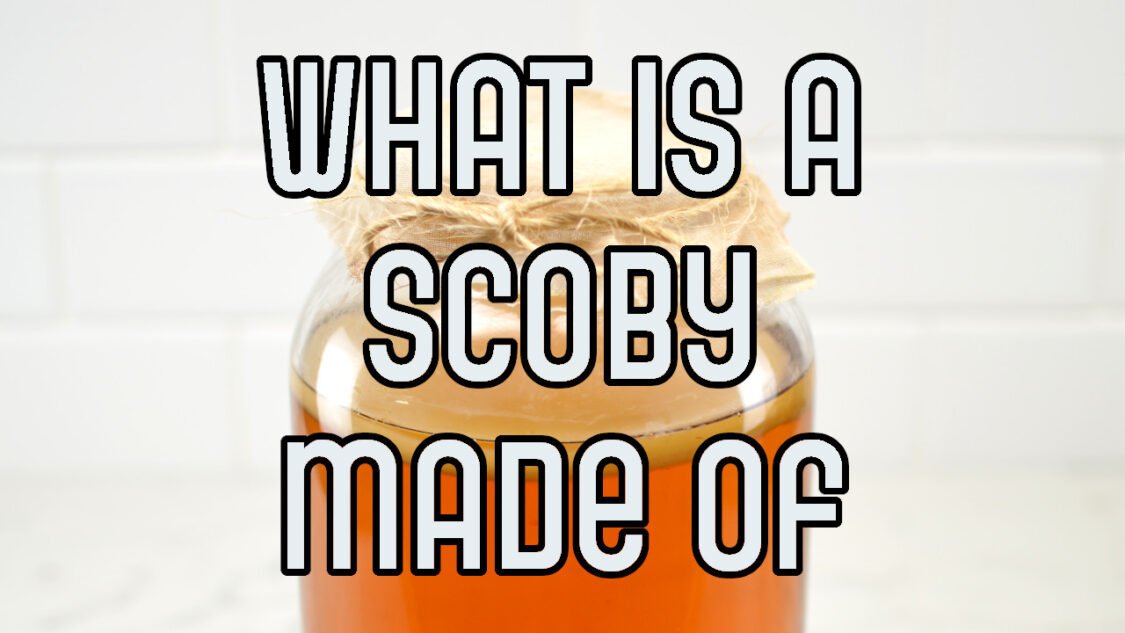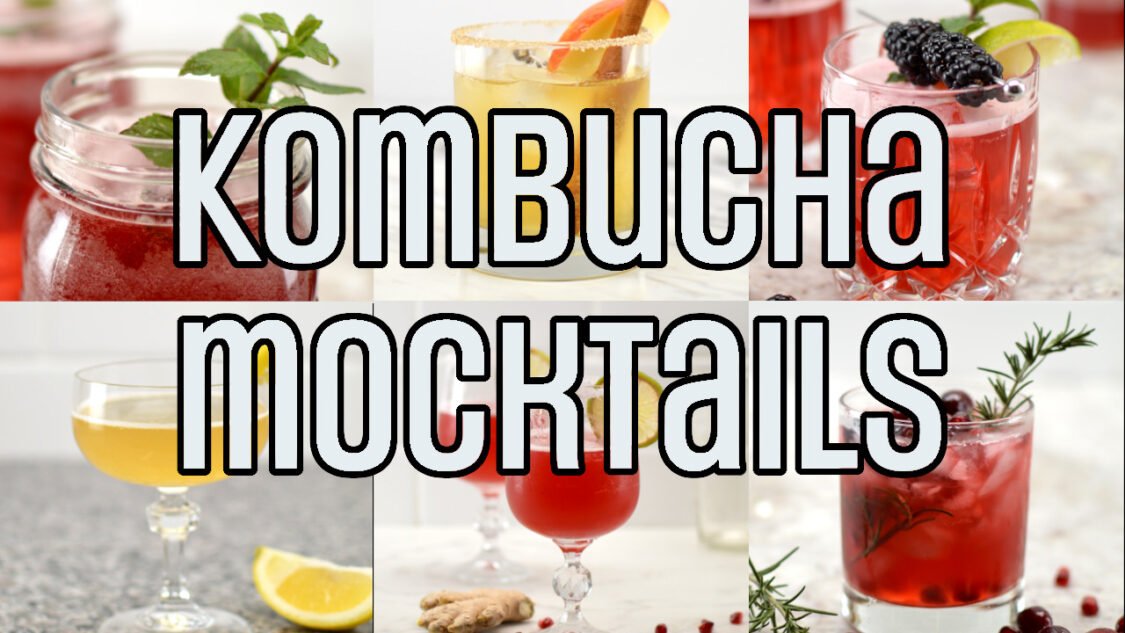What is Secondary Fermentation?
You’ve done your research and made your first batch of Kombucha, now what? Before it’s ready to serve, your kombucha needs to go through what’s called secondary fermentation. What does that mean?
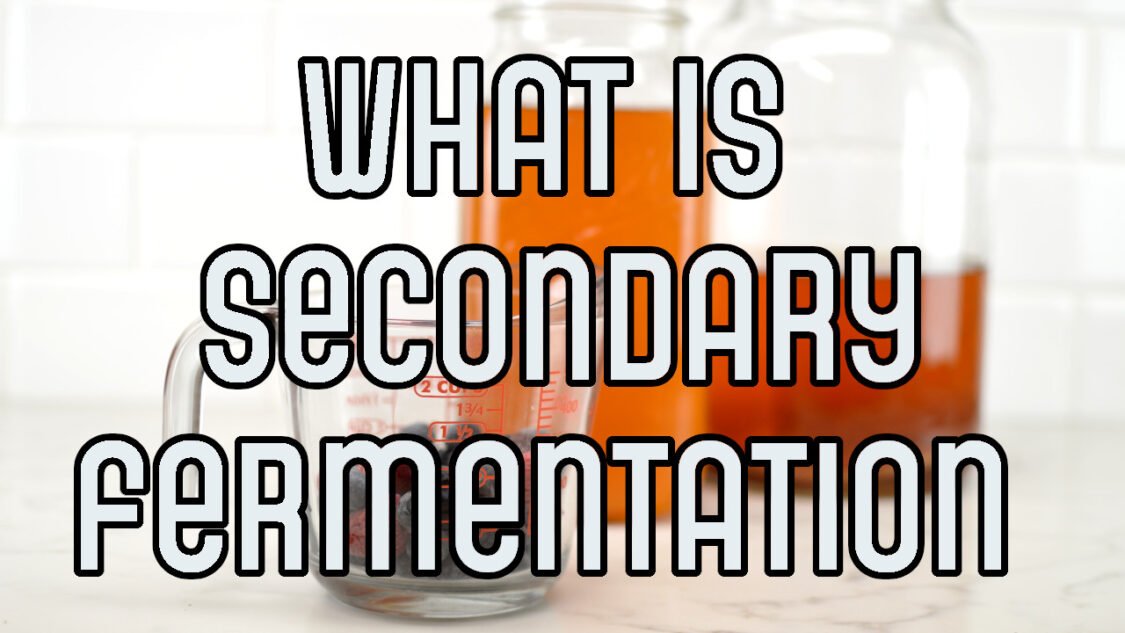
Many beginners in kombucha brewing find their initial batch to be lacking in taste and carbonation. This is because the primary fermentation process is only the first step in the kombucha-making process.
The step called secondary fermentation, also known as 2F, involves bottling, flavoring, and carbonating the kombucha produced in the primary fermentation. This article will cover the basics of kombucha secondary fermentation and provide tips on how to create delicious, effervescent kombucha.
What is Secondary Fermentation?
Secondary fermentation (also called second ferment or 2F) is exactly as it sounds, a second fermentation. Additional sugar, in form of fruits, juices or even table sugar reinvigorates the yeast to start another “second” fermentation on the same batch of kombucha.
When secondary fermentation takes place in a closed vessel, like a kombucha bottle, the carbon dioxide (CO2) produced by the yeast dissolves into the liquid creating carbonation – fizziness!
Why do a Secondary Fermentation?
Carbonation – Envision a glass of soda or beer on your table in the summer. What happens to the CO2 bubbles as glass sits there? They bubble up through the beverage and fly freely into the atmosphere.
During the primary fermentation, yeast are creating CO2 which would become fizzy bubbles in your kombucha; however, the cover used during primary fermentation allows the carbon dioxide to flow freely out of the kombucha and into the atmosphere. The main reason for a second fermentation is to capture the CO2 and allow it to build up as carbonation in your kombucha.
Flavoring – There are several reasons to flavor kombucha— the main reason is to enhance the taste. The primary fermentation of kombucha produces a tangy, slightly sour taste that some people find too strong as it is.
By adding flavors such as fruits, herbs, or spices during the secondary fermentation, the taste of the kombucha can be enhanced with additional complementary flavors and making the overall flavor more balanced more palatable. Additionally, flavoring kombucha can also increases kombucha’s nutritional value as different fruits, vegetables and herbs can contribute vitamins to the finished kombucha.
Do I have to do a secondary fermentation?
Not at all. You may bottle and drink your kombucha straight out of the primary fermentation if you like. It will be very lightly carbonated and unflavored. You can enjoy it right from the fermentor into your glass at room temperature or bottle and chill to your liking.
How to do a secondary fermentation
There are two main methods used for a secondary fermentation:
- Kombucha and flavorings in each bottle – In this method the fruit and flavorings are added to each bottle, the bottles capped and set aside to undergo secondary fermentation. The main advantage of this method is that it’s just one step to infuse your kombucha with flavor and prepare it for serving. The biggest disadvantage is that some people don’t like fruit floating in their kombucha which means it has to be strained out before serving.
- Bulk flavoring before bottling. In this method the kombucha is moved to another fermentor with desired fruits and flavorings added. It is then allowed to infuse for 1-2 days, strained into clean bottles and closed for carbonation in what is called a Third Fermentation or 3F. This method requires an additional step but results in fruit free, sparkling bottles of kombucha which is ready to serve.
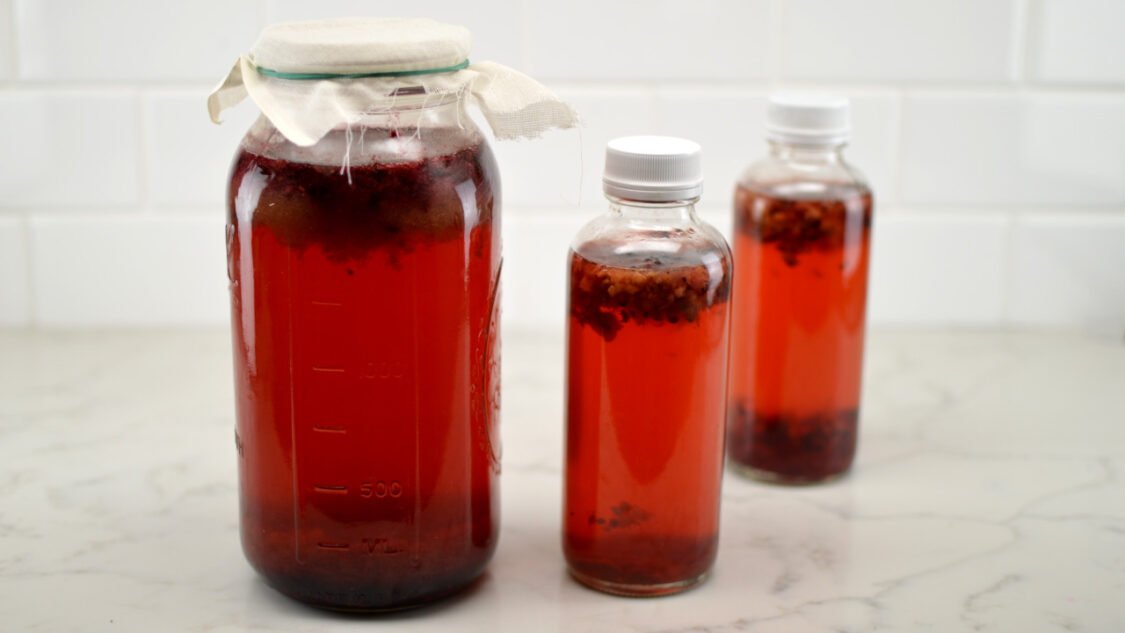
Is a baby SCOBY is growing in my secondary fermentation?
Yes! The presence of a new baby SCOBY in your secondary fermentation indicates that the yeast and bacteria in your kombucha are healthy and working. If you are doing secondary fermentation in the bottle may remove it (and the fruit pieces too) by straining the kombucha while pouring into a glass before serving.
What are the best bottles for a second fermentation?
For proper and efficient carbonation and serving you want good-quality, food-grade glass that’s thick enough to handle the high pressure of kombucha fermentation. It must have a cap that can be secured tightly enough to form airtight seal. A good seal traps the CO2 created by the yeast in the bottle and forces it into the liquid in the form of carbonation
Check out this link for the best bottles for kombucha
Helping you learn to brew kombucha, find inspiration for new kombucha flavors and use kombucha to make kombucha mocktails
The materials contained on this website are intended to be used for educational purposes only, and the website’s use is solely at your own risk. It is important to use good judgment when consuming kombucha. Never consume kombucha that looks, tastes, or smells unpleasant. Further, before consuming kombucha or any other fermented or cultured food, you should receive full medical clearance from a licensed physician. Author and publisher claim no responsibility to any person or entity for any liability, loss, or damage caused or alleged to be caused directly or indirectly as a result of the use, application, or interpretation of the material on this website.


